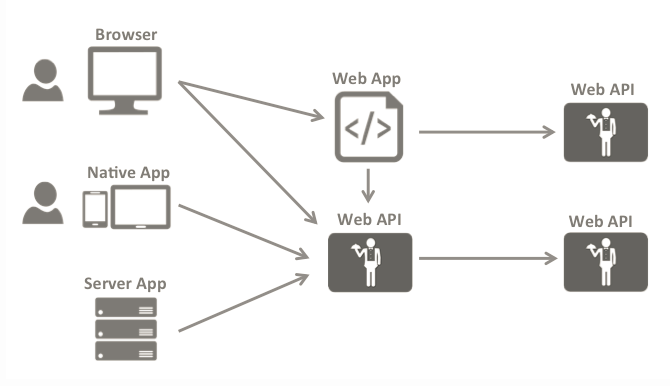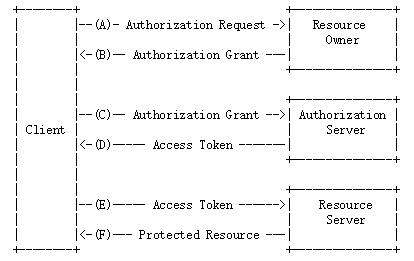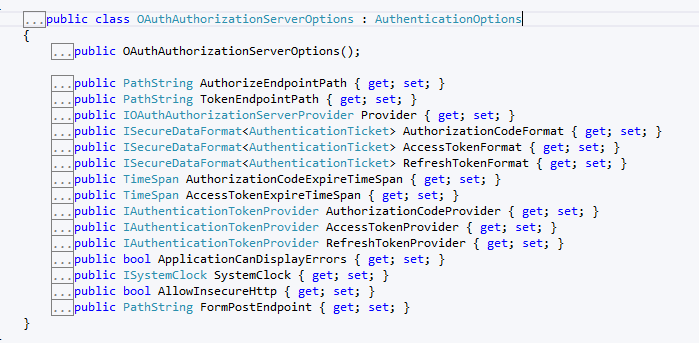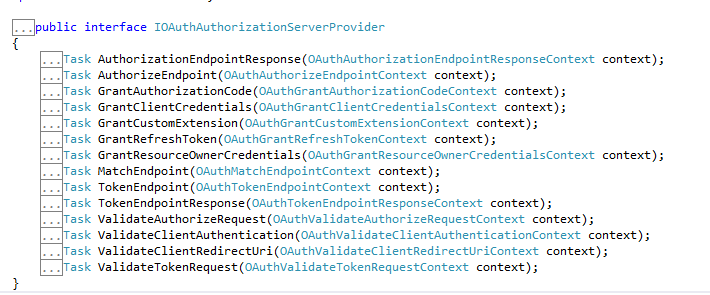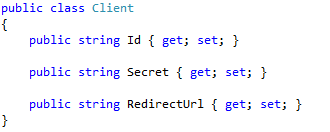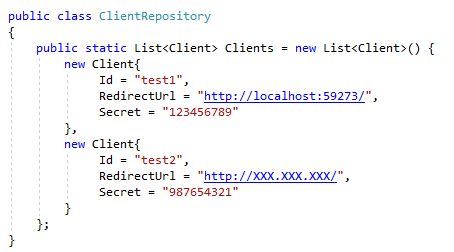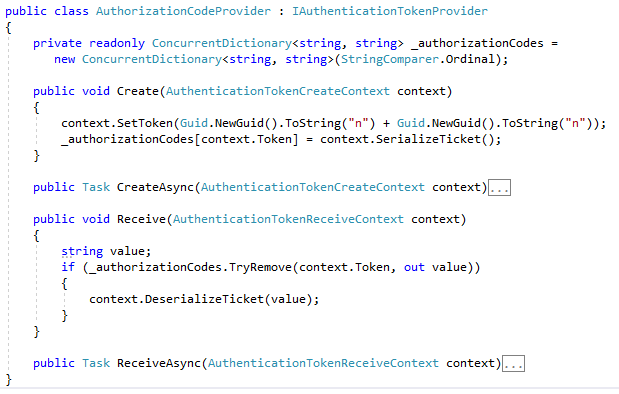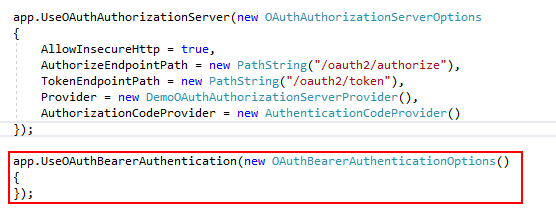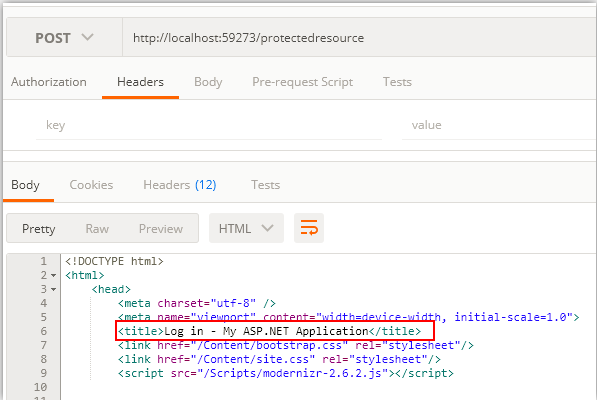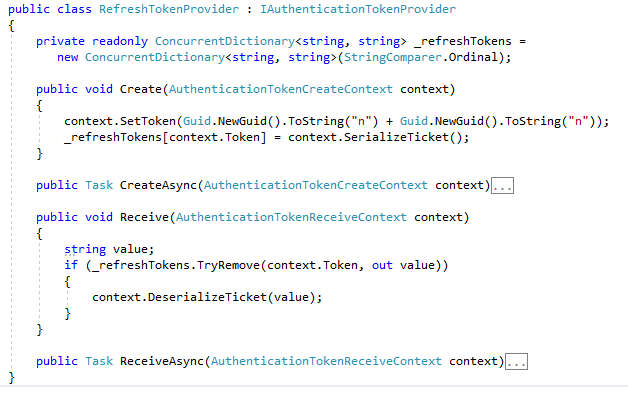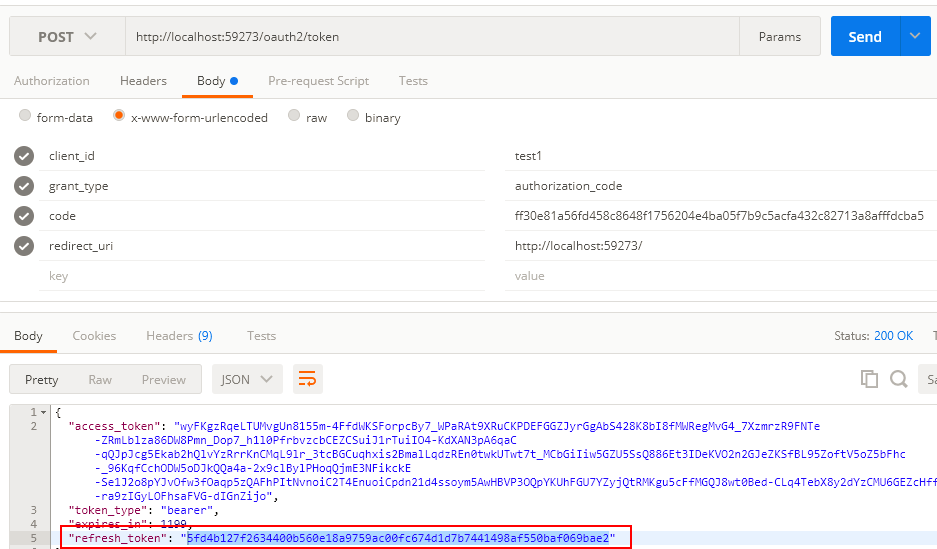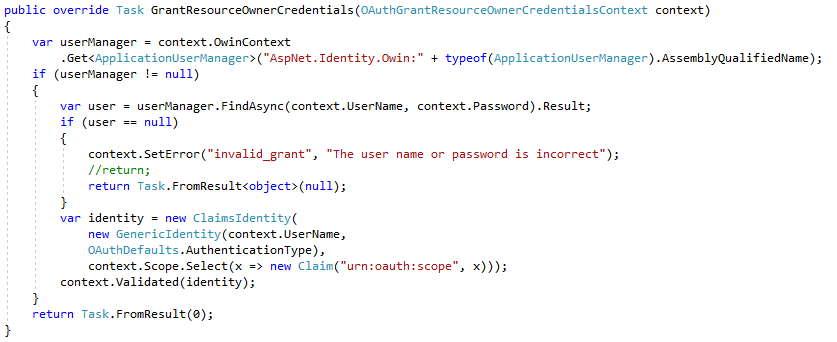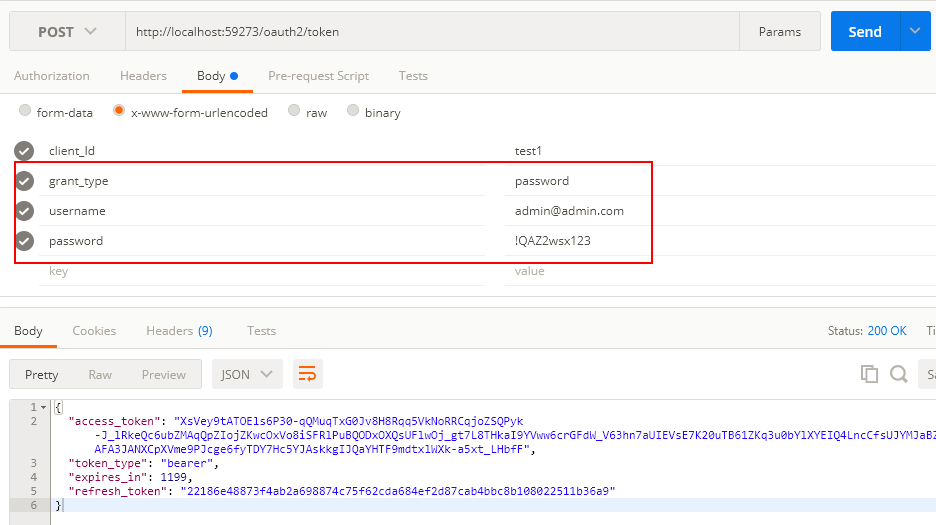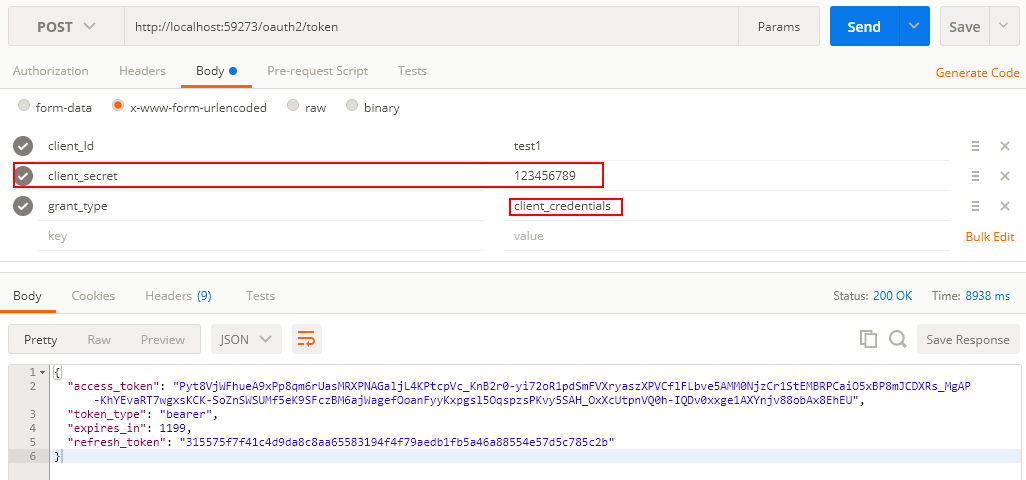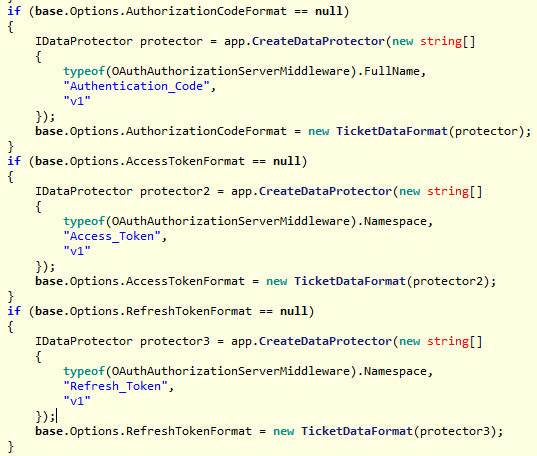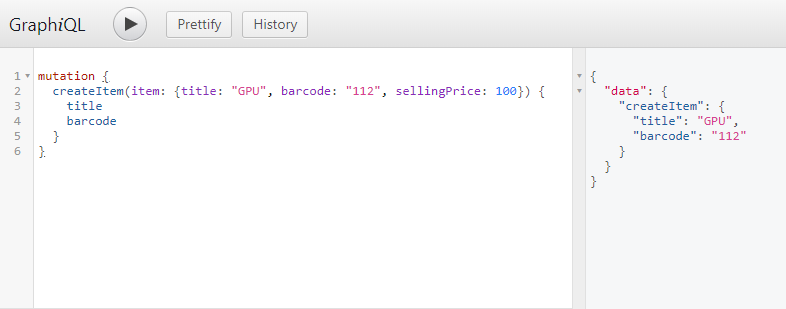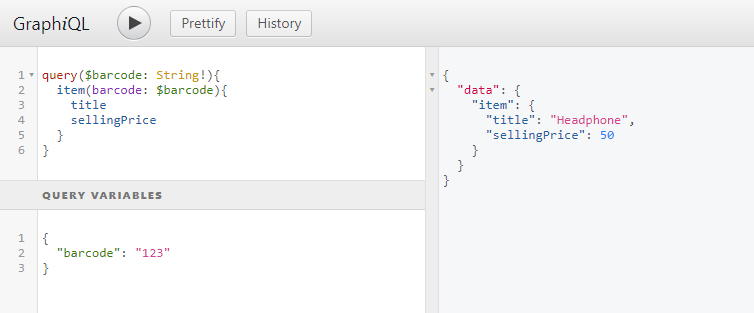ASP.NET MVC 3
使用Forms身份验证
身份验证流程
一、用户登录
1、验证表单:ModelState.IsValid
2、验证用户名和密码:通过查询数据库验证
3、如果用户名和密码正确,则在客户端保存Cookie以保存用户登录状态:SetAuthCookie
1):从数据库中查出用户名和一些必要的信息,并把额外信息保存到UserData中
2):把用户名和UserData保存到 FormsAuthenticationTicket 票据中
3):对票据进行加密 Encrypt
4):将加密后的票据保存到Cookie发送到客户端
4、跳转到登录前的页面
二、验证登录
1、在Global中注册PostAuthenticateRequest事件函数,用于解析客户端发过来的Cookie数据
1):通过 HttpContext.Current.User.Identity 判断用户是否登录(FormsIdentity,IsAuthenticated,AuthenticationType)
2):从HttpContext 的Request的Cookie中解析出Value,解密得到 FormsAuthenticationTicket 得到UserData
2、角色验证
在Action加入 Authorize特性,可以进行角色验证
在 HttpContext.Current.User 的 IsInRole 方法进行角色认证(需要重写)
下面是代码,以上用到的所有验证的类都进行重载
一、首先是用户用户身份认证的 IPrincipal
这里抽象出通用属性,定义两个 IPrincipal

//通用的用户实体
public class MyFormsPrincipal<TUserData> : IPrincipal where TUserData : class, new()
{ //当前用户实例
public IIdentity Identity { get; private set; } //用户数据
public TUserData UserData { get; private set; } public MyFormsPrincipal(FormsAuthenticationTicket ticket, TUserData userData)
{ if (ticket == null) throw new ArgumentNullException("ticket"); if (userData == null) throw new ArgumentNullException("userData");
Identity \= new FormsIdentity(ticket);
UserData \= userData;
} //角色验证
public bool IsInRole(string role)
{ var userData = UserData as MyUserDataPrincipal; if (userData == null) throw new NotImplementedException(); return userData.IsInRole(role);
} //用户名验证
public bool IsInUser(string user)
{ var userData = UserData as MyUserDataPrincipal; if (userData == null) throw new NotImplementedException(); return userData.IsInUser(user);
}
}

通用实体里面可以存放数据实体,并且把角色验证和用户验证放到了具体的数据实体里面

//存放数据的用户实体
public class MyUserDataPrincipal : IPrincipal
{ //数据源
private readonly MingshiEntities mingshiDb = new MingshiEntities(); public int UserId { get; set; } //这里可以定义其他一些属性
public List<int\> RoleId { get; set; } //当使用Authorize特性时,会调用改方法验证角色
public bool IsInRole(string role)
{ //找出用户所有所属角色
var userroles = mingshiDb.UserRole.Where(u => u.UserId == UserId).Select(u => u.Role.RoleName).ToList(); var roles = role.Split(new\[\] {','}, StringSplitOptions.RemoveEmptyEntries); return (from s in roles from userrole in userroles where s.Equals(userrole) select s).Any();
} //验证用户信息
public bool IsInUser(string user)
{ //找出用户所有所属角色
var users = user.Split(new\[\] { ',' }, StringSplitOptions.RemoveEmptyEntries); return mingshiDb.User.Any(u => users.Contains(u.UserName));
}
\[ScriptIgnore\] //在序列化的时候忽略该属性
public IIdentity Identity { get { throw new NotImplementedException(); } }
}

二、用于验证和设置Cookie的 FormsAuthentication

//身份验证类
public class MyFormsAuthentication<TUserData> where TUserData : class, new()
{ //Cookie保存是时间
private const int CookieSaveDays = 14; //用户登录成功时设置Cookie
public static void SetAuthCookie(string username, TUserData userData, bool rememberMe)
{ if (userData == null) throw new ArgumentNullException("userData"); var data = (new JavaScriptSerializer()).Serialize(userData); //创建ticket
var ticket = new FormsAuthenticationTicket( 2, username, DateTime.Now, DateTime.Now.AddDays(CookieSaveDays), rememberMe, data); //加密ticket
var cookieValue = FormsAuthentication.Encrypt(ticket); //创建Cookie
var cookie = new HttpCookie(FormsAuthentication.FormsCookieName, cookieValue)
{
HttpOnly \= true,
Secure \= FormsAuthentication.RequireSSL,
Domain \= FormsAuthentication.CookieDomain,
Path \= FormsAuthentication.FormsCookiePath,
}; if (rememberMe)
cookie.Expires \= DateTime.Now.AddDays(CookieSaveDays); //写入Cookie
HttpContext.Current.Response.Cookies.Remove(cookie.Name);
HttpContext.Current.Response.Cookies.Add(cookie);
} //从Request中解析出Ticket,UserData
public static MyFormsPrincipal
{ if (request == null) throw new ArgumentNullException(“request”); // 1. 读登录Cookie
var cookie = request.Cookies[FormsAuthentication.FormsCookieName]; if (cookie == null || string.IsNullOrEmpty(cookie.Value)) return null; try { // 2. 解密Cookie值,获取FormsAuthenticationTicket对象
var ticket = FormsAuthentication.Decrypt(cookie.Value); if (ticket != null && !string.IsNullOrEmpty(ticket.UserData))
{ var userData = (new JavaScriptSerializer()).Deserialize
{ return new MyFormsPrincipal
}
} return null;
} catch { /* 有异常也不要抛出,防止攻击者试探。 */
return null;
}
}
}

三、用于验证角色和用户名的Authorize特性

//验证角色和用户名的类
public class MyAuthorizeAttribute : AuthorizeAttribute
{ protected override bool AuthorizeCore(System.Web.HttpContextBase httpContext)
{ var user = httpContext.User as MyFormsPrincipal<MyUserDataPrincipal>; if (user != null) return (user.IsInRole(Roles) || user.IsInUser(Users)); return false;
} protected override void HandleUnauthorizedRequest(AuthorizationContext filterContext)
{ //验证不通过,直接跳转到相应页面,注意:如果不使用以下跳转,则会继续执行Action方法
filterContext.Result = new RedirectResult("http://www.baidu.com");
}
}

好了,四个类定义完成,接下来是使用
1、首先是登陆

[HttpPost] public ActionResult LogOn(LogOnModel model, string returnUrl)
{ if (ModelState.IsValid)
{
//通过数据库查询验证 var bll= new UserBll(); var userId = bll.Validate(model.UserName, model.Password, HttpContext.Request.UserHostAddress, HttpContext.Request.UserAgent); if (userId > 0)
{ //验证成功,用户名密码正确,构造用户数据(可以添加更多数据,这里只保存用户Id)
var userData = new MyUserDataPrincipal {UserId = userId}; //保存Cookie
MyFormsAuthentication
{ return Redirect(returnUrl);
} else { return RedirectToAction(“Index”, “Home”);
}
} else {
ModelState.AddModelError(“”, “提供的用户名或密码不正确。”);
}
} // 如果我们进行到这一步时某个地方出错,则重新显示表单
return View(model);
}

二、登陆完成后,是验证,验证之前首先要获得客户端的用户数据(从之前设置的Cookie中解析)
在全局文件:Global.asax 中添加下面代码

protected void Application\_PostAuthenticateRequest(object sender, System.EventArgs e)
{ var formsIdentity = HttpContext.Current.User.Identity as FormsIdentity; if (formsIdentity != null && formsIdentity.IsAuthenticated && formsIdentity.AuthenticationType == "Forms")
{
HttpContext.Current.User \= MyFormsAuthentication<MyUserDataPrincipal>.TryParsePrincipal(HttpContext.Current.Request);
}
}

这样就从Request解析出了UserData,下面可以用于验证了
三、在需要验证角色的Action上添加 [MyAuthorize] 特性
\[MyAuthorize(Roles = "User", Users = "bomo,toroto")\] public ActionResult About()
{ return View();
}
当用户访问该Action时,调用 MyAuthorize 的 AuthorizeCore 方法进行验证, 如果验证成功,则继续执行,如果验证失败,会调用 HandleUnauthorizedRequest方法做相应处理,在MyAuthorize 中可以获得这里定义的 Roles 和 Users 进行验证










